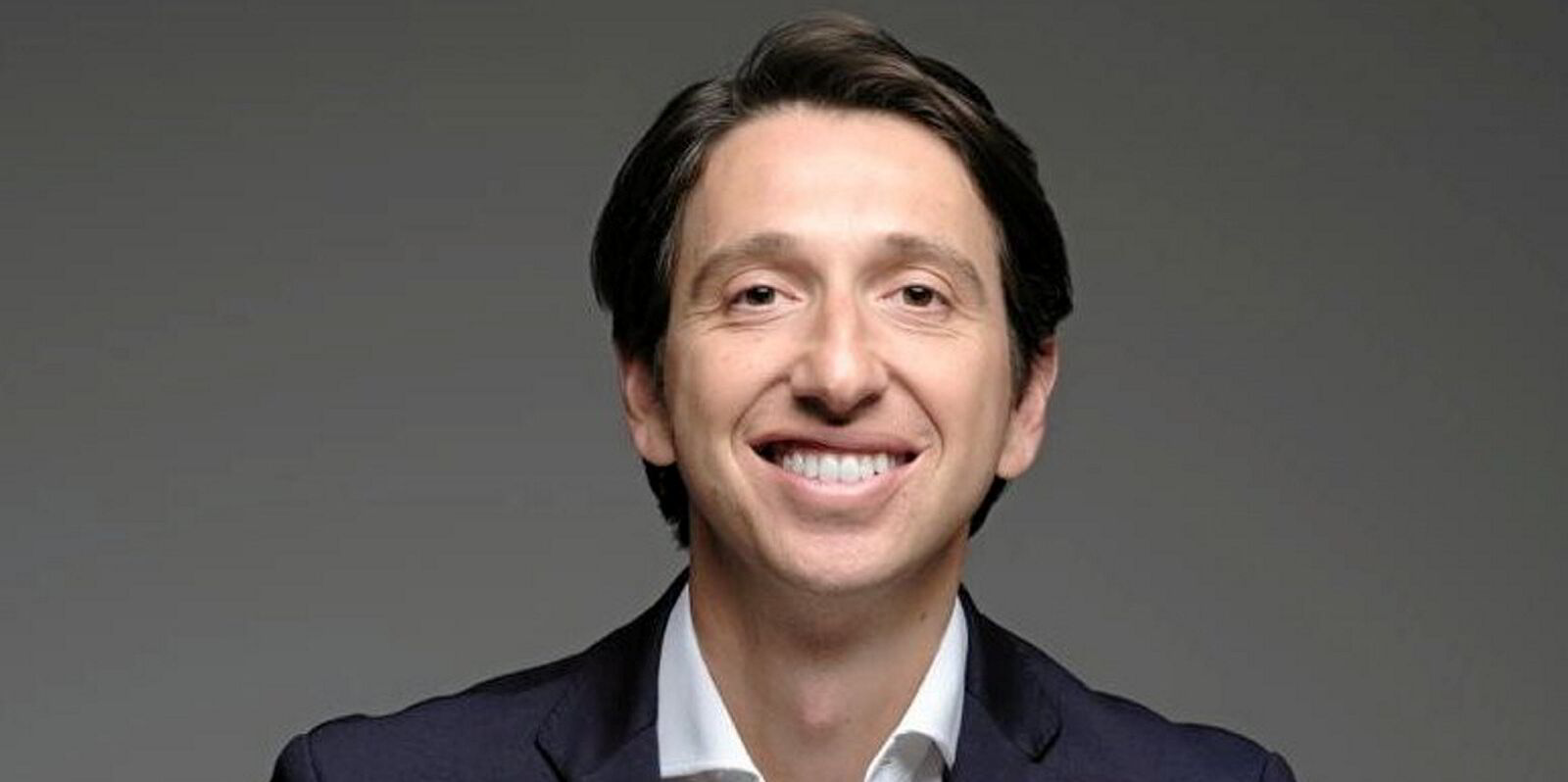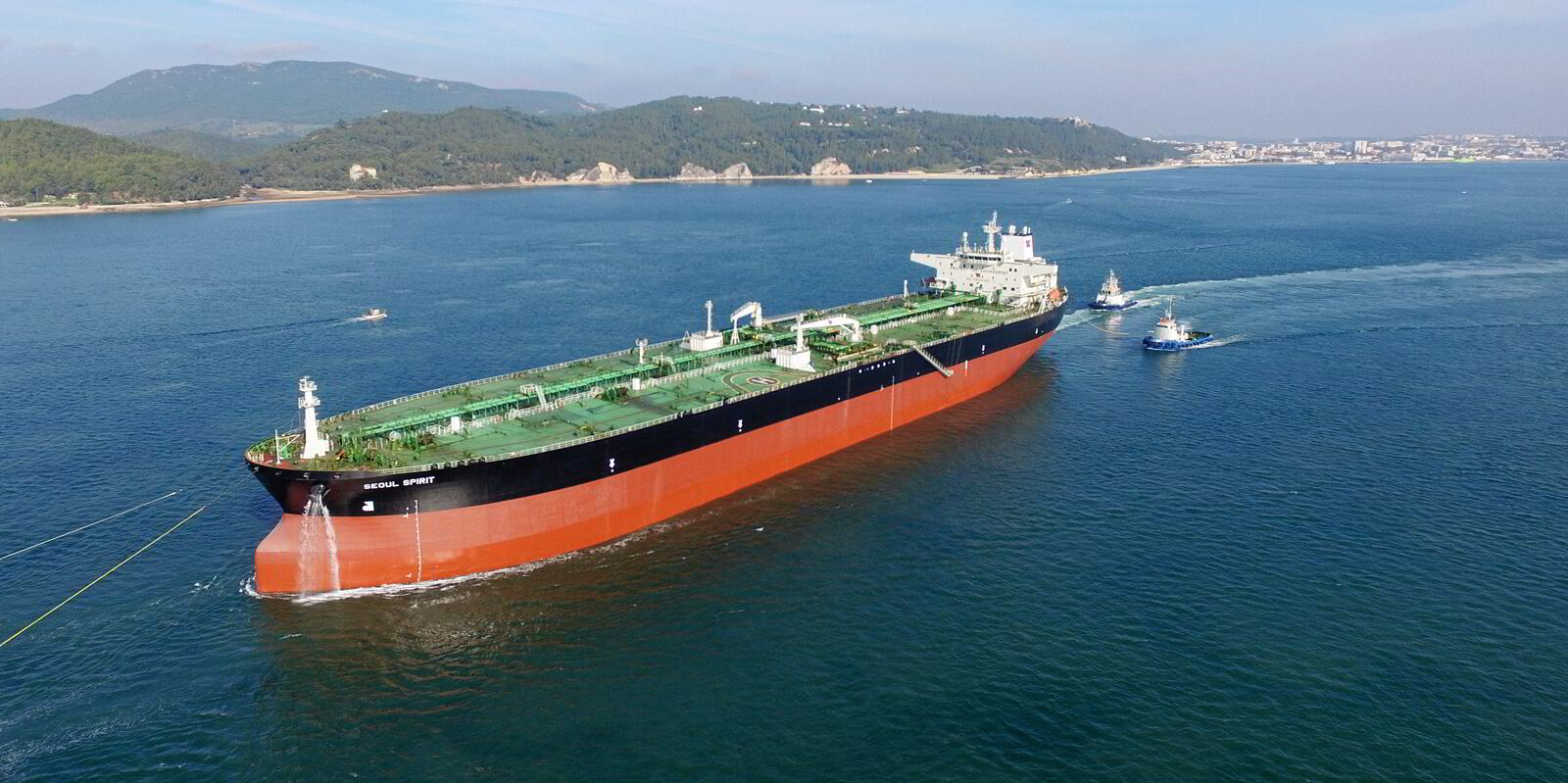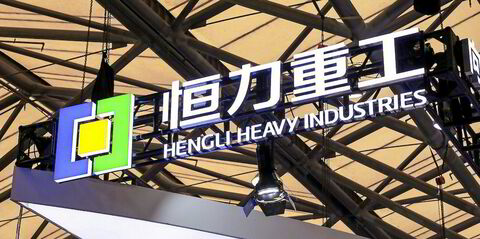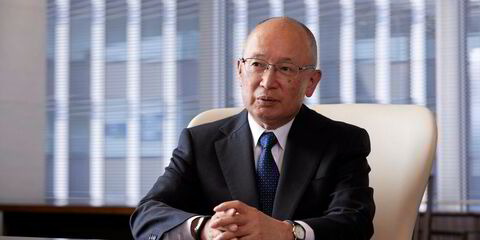Trafigura was reluctant to say anything when, back in June, TradeWinds first reported on its plan to clean up its crude tankers and use them to carry refined petroleum products.
However, the trading giant’s global head of wet freight Andrea Olivi was ready to come clean about how the plan has been implemented when he took to the stage at S&P Global Commodity Insights’ APPEC shipping conference held in Singapore on Wednesday.
Olivi disclosed that 20% of Trafigura’s suezmax tankers are trading in the clean petroleum products market, as are 12% of its VLCCs.
“We are cleaning more and more of our uncoated vessels to trade in the clean market,” Olivi said.
“I expect this number to increase if we continue to see a big discrepancy between clean rates and dirty rates,” he said.
In July, S&P Global Platts calculated that a suezmax could carry oil at $22.88 per tonne, against $71.53 per tonne for an LR2 with a 75,000-dwt cargo. The $48.65 per tonne difference was 66% above the spread’s five-year average.
Commodity Insights analysts have said that while product volumes are mostly steady, the longer distances travelled to avoid Red Sea attacks have increased rates.
Olivi noted that geopolitical developments have almost entirely shaped shipping markets over the past couple of years, and in particular, the diversion of Russian crude oil and products away from G7 countries, as well as the Houthi attacks in the Red Sea.
Neither conflict seems to be going away anytime soon.
“I think we often tend to forget that there is a laden suezmax unmanned and on fire in the middle of the Red Sea,” Olivi said.
These diversions, he continued, have added an extra layer of complexity and disruption to the market.
“As traders, our job is to make markets more efficient in this environment.”
Switching larger crude carriers to the clean markets was one of the ways that Trafigura sought to drive efficiency in the disrupted tanker market as the clean petroleum product trade has become increasingly long haul.
Olivi noted that the shipping industry is very adept at responding quickly to disruptions.
“In terms of our business model, I would say that we had a blueprint ready on how to deal with disruption from the Covid pandemic. Throughout Covid we learned to create smaller groups to take more agile decisions and be quicker in the decision making … So overall, it has been easier to handle these disruptions,” he said.





